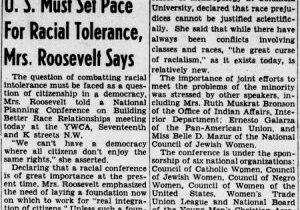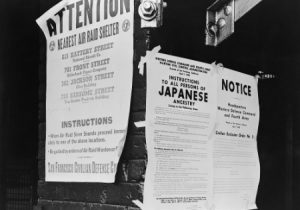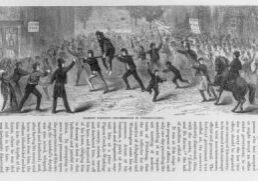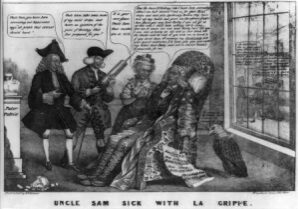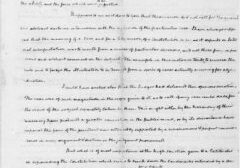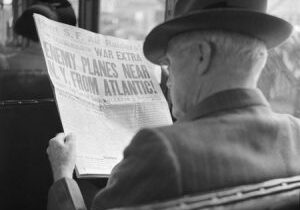Lesson Plans
Setting the Pace for Racial Tolerance
Students analyze an historical newspaper article to learn about a 1944 conference on building better race relationships and identify the claim that keynote speaker first lady Eleanor Roosevelt made about the need for the U.S. to set the pace for the rest of the world and provide supporting evidence for that claim. After, students consider the relevance the article has today and create a product to demonstrate their understanding.
I’m More Than You See
Students learn about Maslow’s Hierarchy of Needs and use primary sources to cement their understanding. Then they reflect on the identities of others and how people’s basic needs affect their own stages of needs on the road to achieving their full potential. After, students will work in small groups to discuss how understanding these different levels of needs could help people in their school or local community reach their full potential. Then they create a poster with examples from their discussions, illustrating people at each level on the road to self-fulfillment.
Which Is More Important, Individual Privacy or Public Safety?
Students will analyze primary sources to learn about Japanese internment following the attack on Pearl Harbor and consider how American attitudes towards the internment have shifted over time. After, students will consider if the surveillance of American phone/internet/email records is necessary and appropriate in order to protect national security in the 21st century. Once they have chosen a particular issue and their opinions about it, students will and design a social media campaign to raise awareness in support of their view.
What Are the Props Behind Propaganda?
Students learn about the "props" or techniques political cartoonists to present a view on an issue ("propaganda"). Next, they analyze a series of Cold War political cartoons to investigate issues and perspectives related to the Cold War. After, students create their own political cartoon on a contemporary issue.
Whiskey Rebels: Champions of the Common Man or Treasonous Traitors?
Students will analyze primary sources to investigate the causes of the Whiskey Rebellion in 1791-1794 and consider if the protest actions of the rebels were protected by the 1st amendment as well as if the federal government treated the rebels justly according to the 6th and 8th amendments. Next, students will rewrite a textbook description of this historical event to more accurately reflect multiple perspectives that they learned about through their analyses of primary sources. Then students will select a person from their neighborhood, city, or state that they think deserves a historic monument and create a persuasive proposal advocating for that.
Economics of Slavery, the Cotton Industry, and the Panic of 1837
Students analyze primary sources to investigate how market forces impacted the supply and demand for cotton in the early 1800s, the relation of the cotton industry to slavery and the economic and political factors that contributed to the Panic of 1837. Next, students summarize the learning in the form of an essay or poster. After, they identify a current issue where a group is exploited for the gain of others and create an action list to increase awareness of this issue.
Did We Overcome?
Students analyze primary sources to deepen understanding of Jim Crow laws and the discrimination they perpetuated, how civil rights protests helped secure civil rights, and make connections between the past and recent events. After, students will create a pamphlet, modeled after the historical document they analyzed, that illustrates, defines, and discusses an instance where they took action to make change.
Did the Founders Want Government to Work?
Students analyze primary source texts, including excerpts from the Federalist papers, to investigate the purposes of the Necessary and Proper Clause, the ways in which the separation of powers limit government, and how factions and personal liberties affect the functioning of government. Next, students will write an essay or produce another type of product to answer the question the lesson title poses. Then students will create and deliver brief persuasive speeches in support of how our current federal government is either functional or dysfunctional.
Did the Attack on Pearl Harbor Unify America?
Students analyze oral history interviews recorded shortly after the attack on Pearl Harbor to investigate the perceptions of different groups of Americans and determine if this was an event that ultimately brought many Americans together. After students will look into a current issue where people may have perspectives that are being overlooked, conducting and sharing oral history interviews.
Did Charles Sumner Deserve It?
Students analyze primary sources to learn about one particular event in U.S. history in order to consider more broadly actions taken against slavery. After, students brainstorm alternative actions that might have been taken and use these as a springboard to researching a current event with starkly competing views and determining the cause of those supporting views.
